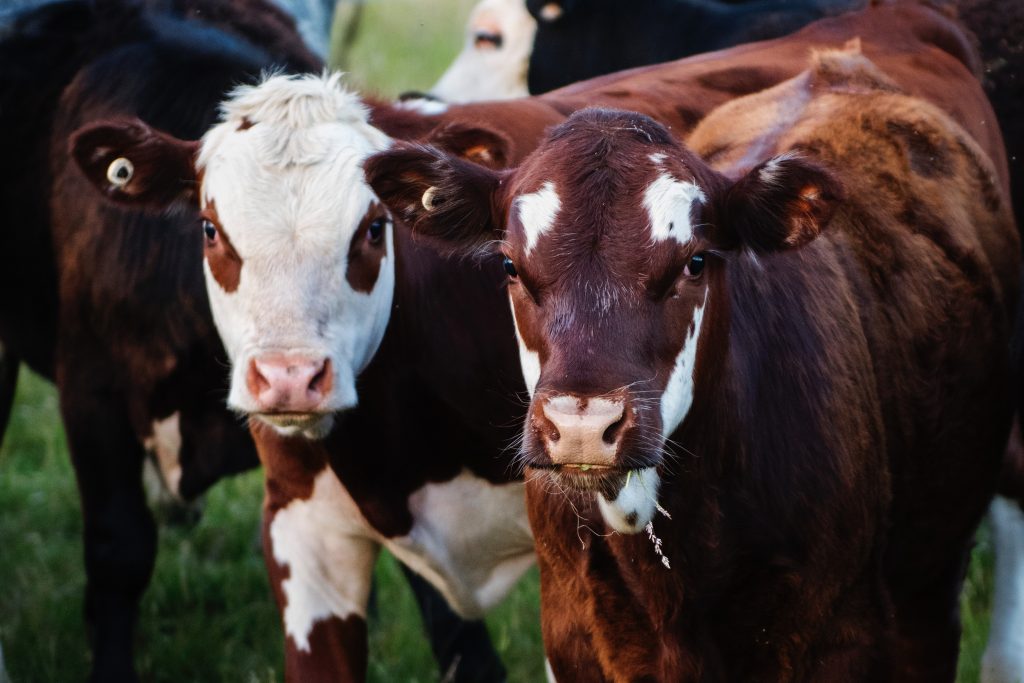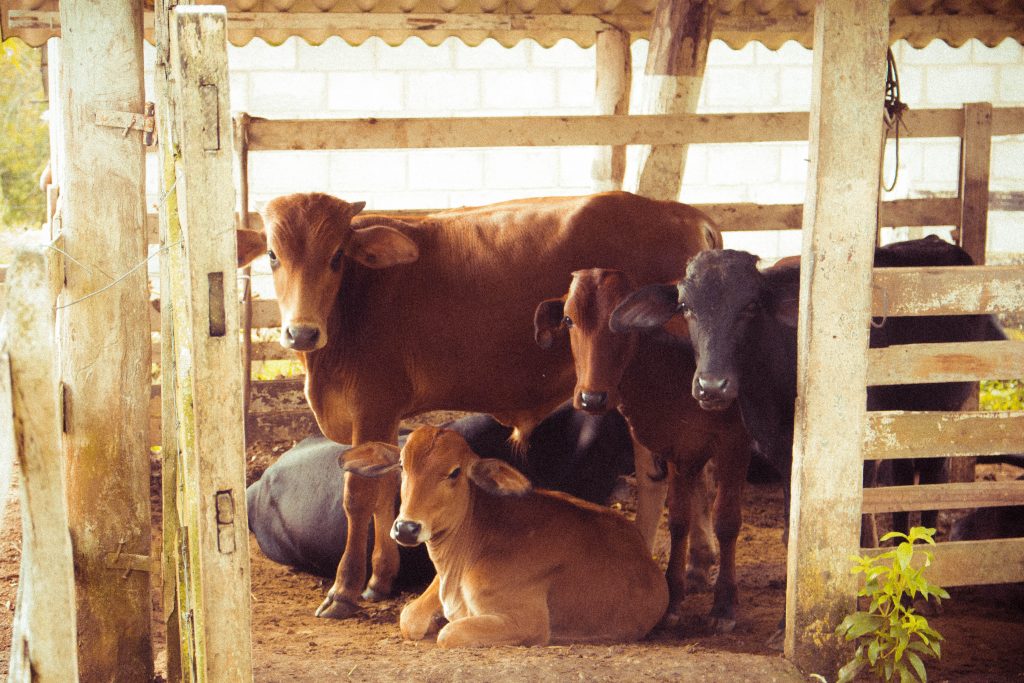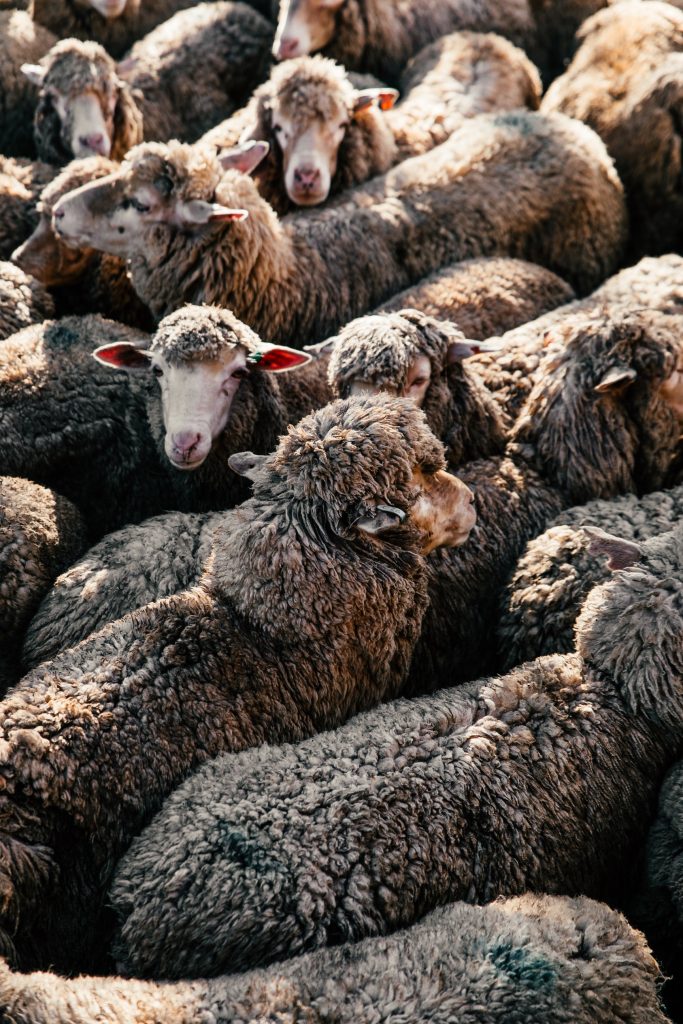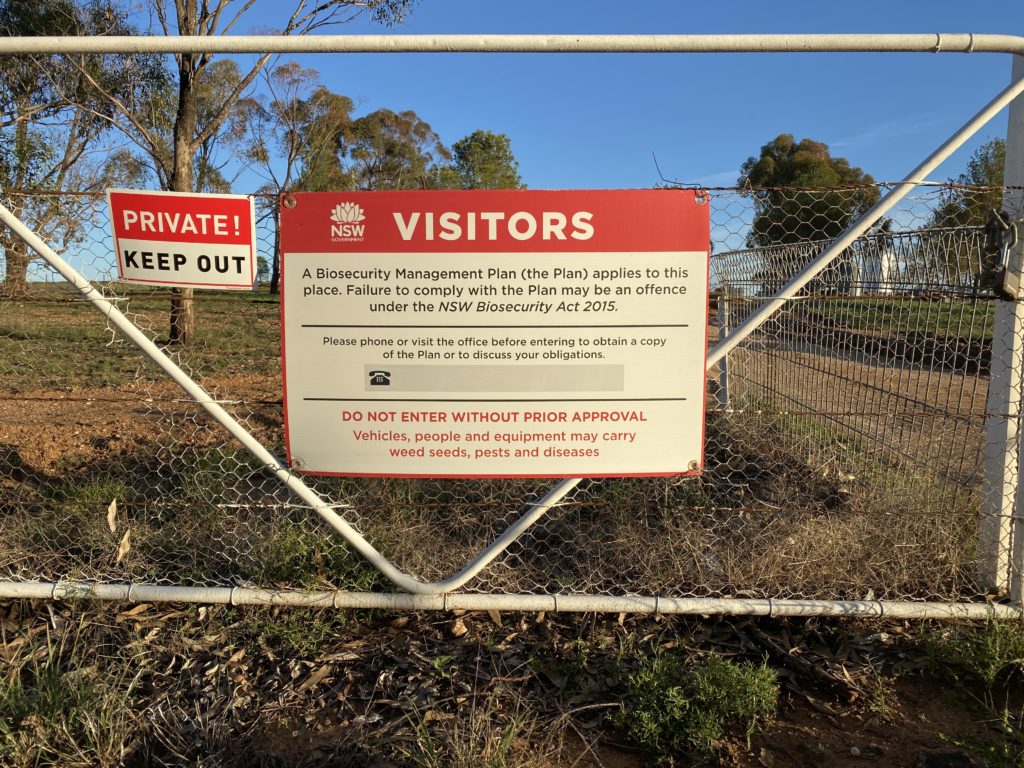FMD … It’s not what you think

Foot and Mouth Disease (FMD) is a highly contagious disease affecting cloven-hoofed animals.
FMD is a virus that’s transported by live animals, dairy and meat products, bones, soil, untreated hides and vehicles/machinery used in conjunction with livestock.
FMD should not be confused with Hand, Foot and Mouth disease that is commonly found in children. FMD is not a transmittable disease via humans and cannot be caught through eating meat.
For 130 years, Australia has been able to show that we are an FMD-free country. This has greatly increased our trade sector and economies that rely upon livestock.
What’s the risk of FMD?
FMD could decimate the Australian livestock and meat production industries if it breaches our shores.
The reported outbreak of FMD in Indonesia is a real threat to destroying primary industries’ meat and livestock industries. The incursion of FMD into Australia would have severe consequences for animal health, trade, economies and mental health.
The changing risk profile of FMD and its rapid spread has Australian biosecurity and border enforcement agencies on high alert. The risk profile of FMD being brought in via travellers and or through parcels is a serious concern, hence increased media coverage and scrutiny of all travellers from Bali and Indonesia back to Australia.
The risks associated with FMD entering Australia is potentially very high through imported products, machinery or equipment or footwear that comes into contact with susceptible livestock or soil (vegetative matter).

Consequences of FMD outbreak
An FMD outbreak would be devastating to a number of industries in Australia. It would result in communities suffering financially and through mental health implications due to loss of production, tourism and trade.
In 2013, ABARES reported that an FMD outbreak would result in severe economic loss to primary industries (livestock and meat processing sector) spanning a 10 year period. Losses calculated have an estimated cost of $80 million if an FMD outbreak occurs in 2022. (ABARES, 2022)
Who’s responsible for the control of an outbreak?
In the event that an Emergency Animal Disease Response is required (EAD) – there is a contractual arrangement between Australian state, territory and federal governments and industry groups to collectively reduce the risk of disease incursion and manage a response if an outbreak occurs.

A response under EAD would follow the following protocol:
- Surveillance
- Tracing
- Movement inspections
- Vaccinations
- Decontamination
- Destruction and disposal.
Currently, in the state of NSW, the Local Land Services (LLS) and Department of Primary
Industries (DPI) are working together to educate primary producers and provide services to
keep them updated with the latest information.
What’s currently happening to prevent FMD?
The Australian federal government is monitoring the FMD outbreak in Indonesia and providing support to their government in the form of:
● Vaccination roll-out: delivery and financial assistance.
● Technical support: advice and education.
● Visiting Indonesia

The Federal Government has strengthened its border security and monitoring of passengers travelling from countries of interest and moving parcels and shipping into Australia.
To understand more about FMD please visit the Australian Government Department of Agriculture, Fisheries and Forestry website.
If in NSW, Local Land Services (LLS) provide support on the ground through on-farm visits from biosecurity and district vets.

